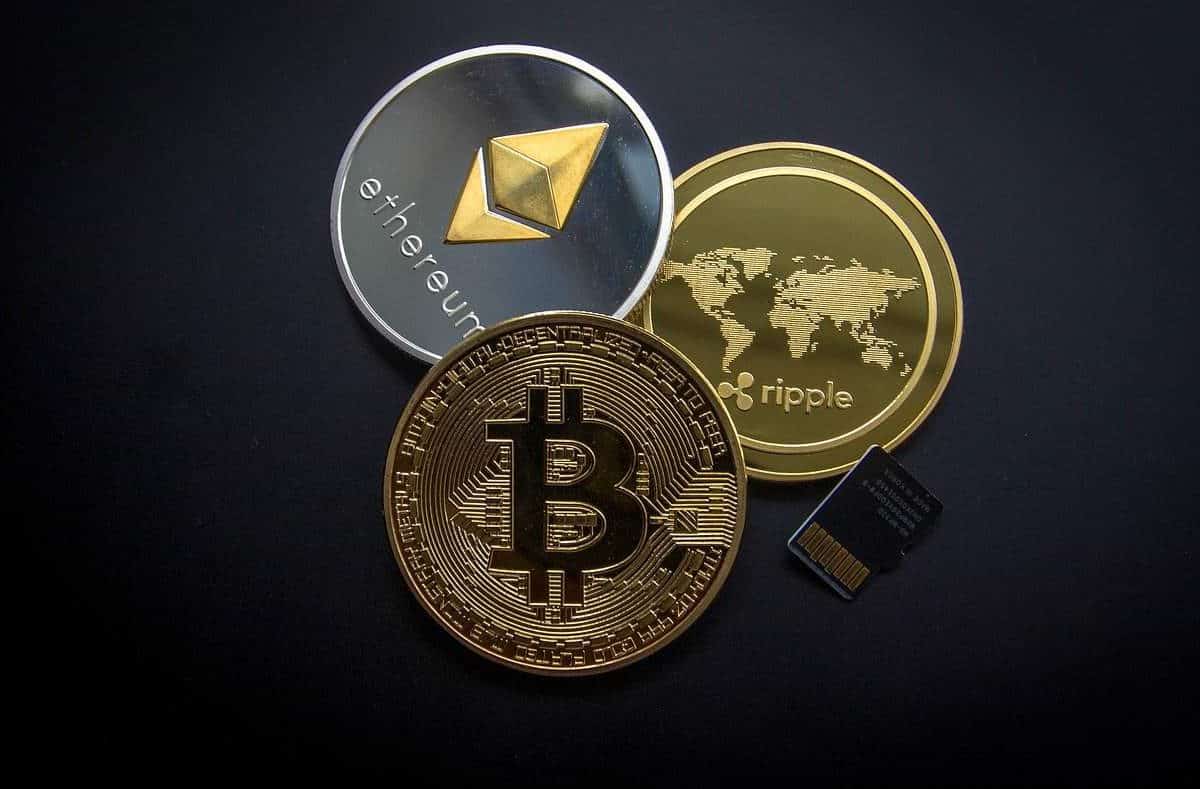There are several types of cryptocurrencies all with their own distinct features. Ripple (XRP) is one type of cryptocurrency, best known for its quick transaction speed.
Different Types of Cryptocurrency
The top three cryptocurrency companies at the moment are Ethereum, Bitcoin and Litecoin. Based on market capitalisation and overall adoption, Bitcoin is the primary type of cryptocurrency and currently retains the largest market share of all cryptocurrencies being the biggest competitor of Ripple.
Unlike Ripple, the top three cryptocurrency companies rely on a blockchain technology to follow through with transactions. Blockchain technology is decentralised and allows digital information to be distributed amongst selected parties rather than copied.
Ripple in the Past and Present
Ripple was known initially as Ripplepay, a pay platform developed by Ryan Fugger in 2004. When the venture proved unsuccessful, its focus changed to internet and bank payments. It also became decentralised and made independent of intermediaries and 3rd parties.
Ripple as we know it today was founded by Chris Larsen and Jed McCaleb back in 2013. They helped develop technologies like the Ripple Transaction Protocol (RXTP) and XRP, which is Ripple’s own currency.
Ripple has experienced several ‘peaks’ in its success, including May 2017 as a result of the Singapore and Mumbai offices opening. Further peaks include January 2018 where its value rose to $3.84. Then in September 2018, its price remained steady between $0.2 and $0.5.
Today, it is worth $0.181291 and has boosted its ROI by 2986.41%, experiencing lows of $0.002802 and highs of $3.84.
How is Ripple Different to Other Cryptocurrencies like Bitcoin?
Ripple and Bitcoin are both payment settlement, asset exchange and remittance systems which enable the secure transfer of money across the globe. Both banks and individuals can make use of them.
While Bitcoin operates on a public blockchain ledger which verifies transactions through ‘miners’, Ripple is known as ‘mining free’ and therefore uses less power as it is pre-mined. The advantage of this is that transactions can be completed in seconds, and costs are minimised. A disadvantage of Ripple is that due to XRP being pre-mined the developer has the option when to release the tokens and the quantity of tokens.
The Present and Future of Ripple
Currently, Ripple is used for numerous reasons due to being both a platform and a currency. One of the main reasons this type of cryptocurrency is used is to make faster international transactions. In comparison to traditional banking methods that can take several days, and Ripple’s main competitor, Bitcoin, which can take on average around a couple of hours. Ripple’s average transaction time is around 4 seconds proving to be a lot faster than their main competitors.
Several predictions have been made for XRP. WalletInvestor suggests that it could be high risk for first-year investors with coin prices expected to fall to $0.04. Nevertheless, they indicate that coin prices will rise gradually over the next five years to $2.32.
The outlook from TradingBeasts is similar, with the average coin value being $0.36 in 2020, which could rise by $0.5 by 2022. LongForecast suggests that there could be a fall this year to $0.26, then in 2022, a further drop is expected to average around $0.15.
Predictions across the board suggest that Ripple’s price will continuing decreasing over the next couple of years with huge competitors like Bitcoin continuing to retain and grow their market share. So this new decade may not see the decline of cryptocurrency however it may see the death of Ripple.











